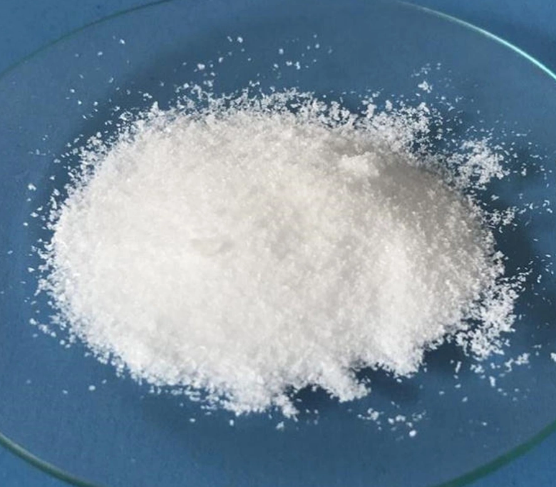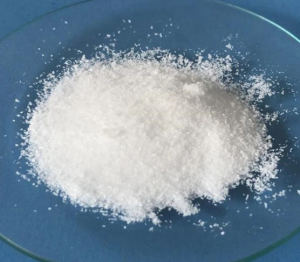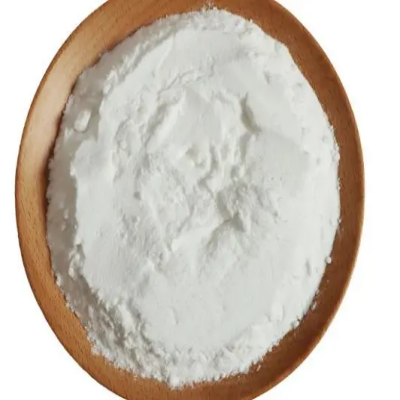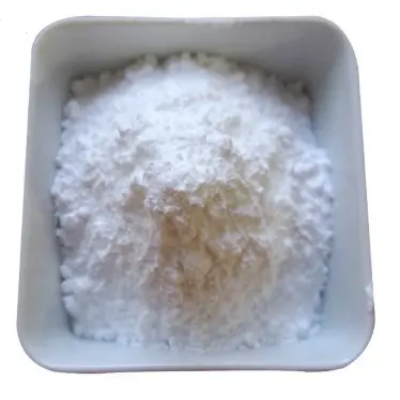N-Ethylmaleimide CAS:128-53-0 Manufacturer Price
Protein Modification: NEM irreversibly modifies cysteine residues in proteins by forming a covalent adduct. This modification can impact protein activity, structure, and interactions. NEM's reactivity with sulfhydryl groups makes it a valuable tool for studying protein function and thiol-dependent processes.
Inhibition of Enzymes: Many enzymes rely on thiol groups for their catalytic activity. By reacting with the thiol groups, NEM can selectively inhibit specific enzymes. This has been widely used to study enzyme kinetics, understand enzymatic mechanisms, and screen potential enzyme inhibitors.
Protein-Protein Interaction Studies: NEM is often used to investigate protein-protein interactions. By selectively blocking the reactive cysteine residues, NEM prevents the formation of disulfide bonds between interacting proteins, thus disrupting their interaction. This allows researchers to study the role of specific cysteines in protein-protein interactions.
Redox Regulation Studies: NEM is employed in studying redox regulation mechanisms in proteins. By modifying reactive cysteines, NEM can stabilize specific protein conformations and prevent unwanted oxidation or reduction of cysteine residues. This helps in understanding the role of redox signaling and redox-sensitive regulatory pathways.
Crosslinking Studies: NEM can be used as a crosslinking agent to stabilize protein complexes or protein-protein interactions. By modifying cysteine residues, NEM can create covalent bonds between interacting proteins, allowing researchers to investigate protein complexes and their structures. This technique is especially useful in structural biology and proteomics studies.
Drug Discovery: Due to its ability to selectively interact with cysteine residues, NEM has been used in drug discovery research. It can be employed to identify and characterize potential drug targets or study the specificity of candidate drugs towards cysteine-rich proteins.
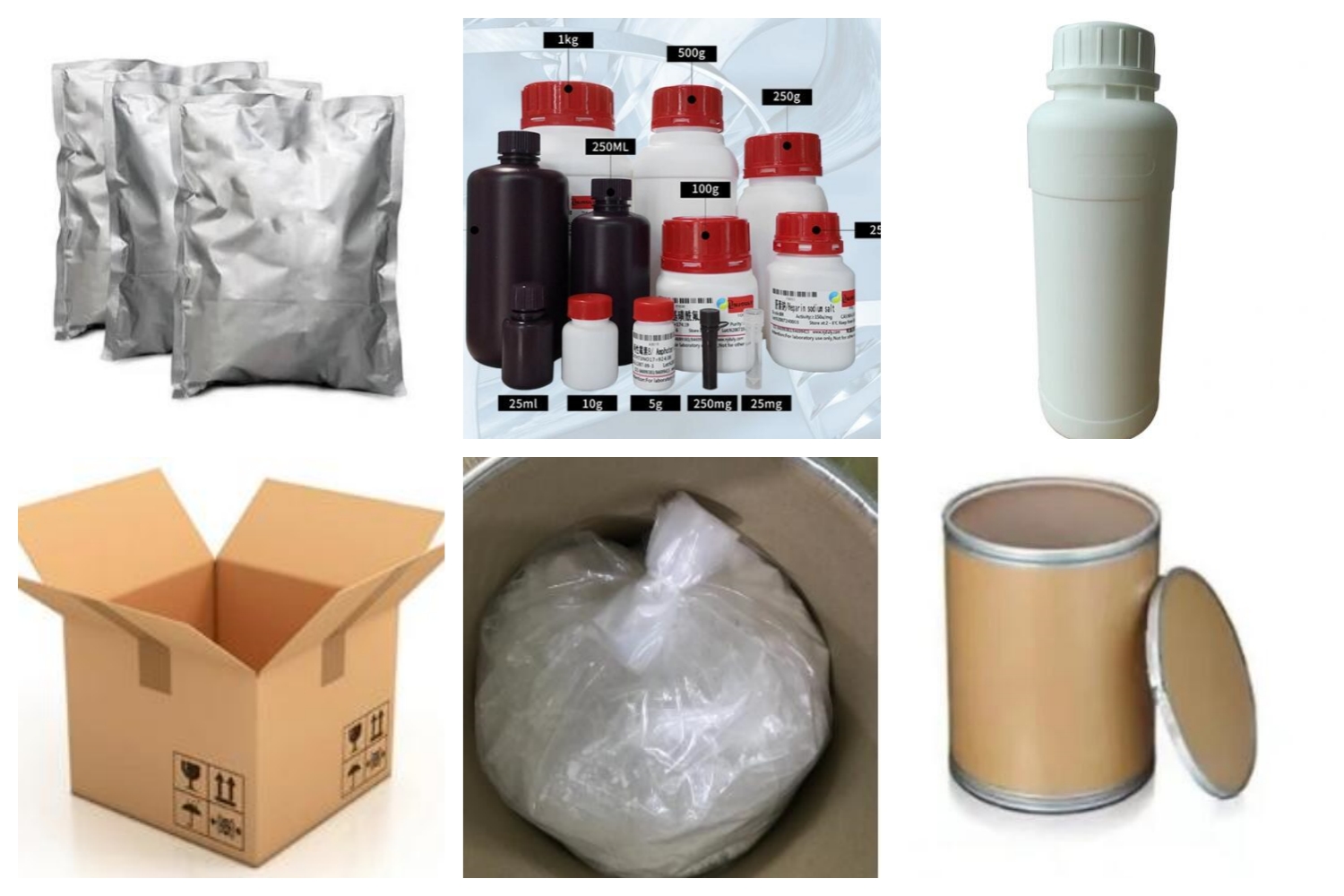
| Composition | C6H7NO2 |
| Assay | 99% |
| Appearance | white crystalline powder |
| CAS No. | 128-53-0 |
| Packing | Small and bulk |
| Shelf Life | 2 years |
| Storage | Store in cool and dry area |
| Certification | ISO. |


